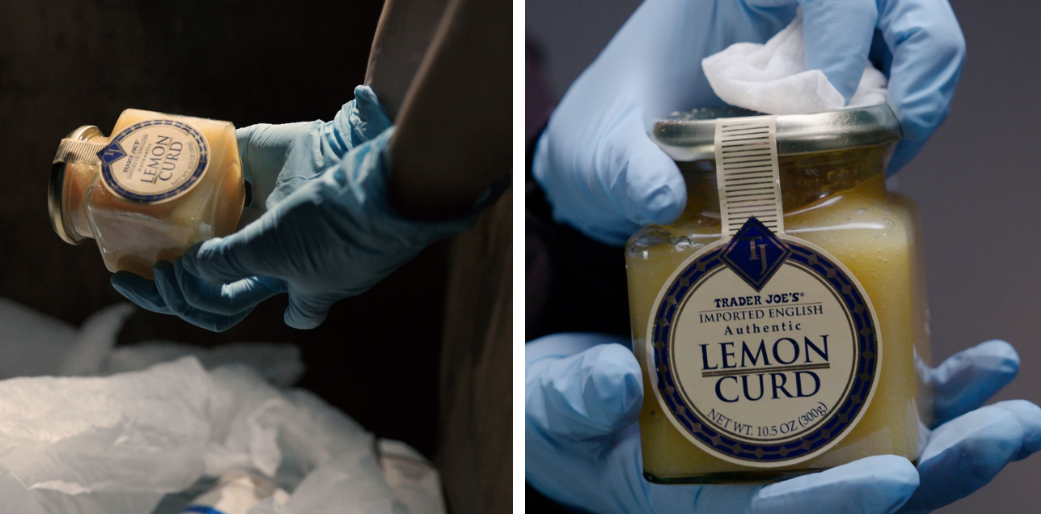Dawn of the cockroach “superbugs”: Roaches are becoming cross-resistant to various insecticides, warn researchers
02/14/2020 / By Tracey Watson

Even the most hardened, nature-loving, tree-hugging, environmentally conscious animal lover would draw the line at allowing cockroaches to roam free in their home. Quite frankly, cockroaches are super gross, and anybody who detects them in their environment would be quick to call out the exterminator to get rid of them.
But there’s a problem: German and American cockroaches are the two species most commonly found in U.S. homes, and a recent study published in the journal Scientific Reports has found that German cockroaches have evolved resistance to multiple pesticides, making them virtually impossible to kill. (Related: The essential oils of ginger repel cockroaches naturally.)
Cockroaches: The nastiest of all creepy crawly home invaders
Cockroaches are not just nasty looking; they also pose some serious health risks, as explained by the University of Florida:
The German cockroach is the cockroach of concern, the species that gives all other cockroaches a bad name. …
German cockroaches adulterate food or food products with their feces and defensive secretions, physically transport and often harbor pathogenic organisms, may cause severe allergic responses, and in extremely heavy infestations have been reported to bite humans and feed on food residues on the faces of sleeping humans. In addition, some scientists suggest that German cockroach infestations may cause human psychological stress and that the stigma associated with infestations alters human behavior. For example, people with infested houses do less entertaining, and avoid the kitchen at night for fear of encountering a cockroach.
Clearly, unstoppable hordes of German cockroaches marching across the United States would pose massive problems. (Related: VA hospital found to be serving up cockroaches in meals to patients … U.S. medical care continues plunging toward Third World status.)
What the study found
For their study, the researchers tested the effects of three different insecticides, in various combinations, and in multiple apartment buildings, over a six-month period.
They exposed one group of roaches to a single insecticide. A second roach population received two insecticides from different classes. And a third was dosed with rotations of three insecticides — one per month, for two three-month cycles.
The scientists also tracked roaches’ resistance to insecticides across multiple generations, trapping live roaches to take back to the lab in greased baby food jars baited with beer-soaked bread.
The scientists found that in most cases, irrespective of the type of insecticide used, the numbers of cockroaches either remained stable or even increased. The team determined that the reason these insecticides proved to be “mostly ineffective” was “cross-resistance.”
Baby cockroaches were being born already resistant to insecticides their parents had previously been exposed to, and surprisingly, were even found to demonstrate resistance to several other classes of insecticide.
Only the single pesticide proved effective in one population of roaches that did not exhibit resistance to that specific poison. However, where the researchers tried to use that chemical on a group that were even slightly resistant, the number of cockroaches actually increased among those born to the survivors.
Since even one female cockroach can produce dozens of babies within just a few months, their numbers are quickly replenished. This means that if no poison exists to contain them, they would very quickly grow to unmanageable proportions.
Certainly, this is yet another example of how human attempts to control nature are almost always doomed to failure. In one case after the other, evidence is mounting that trying to spray toxic chemicals to contain weeds, insects or other “invaders” is not only harmful to humans and the environment, but ultimately, a waste of time.
Learn more about the issues facing our environment at Environ.news.
Sources include:
Tagged Under: bugs, chemicals, cockroaches, German cockroaches, infestations, insecticide resistance, superbugs, terminators, toxic chemicals, toxins
RECENT NEWS & ARTICLES
COPYRIGHT © 2017 POISON NEWS



















